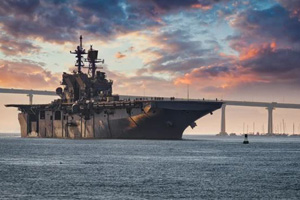
Virtualization is a technology that allows multiple virtual computers, called virtual machines, to run on a single physical machine. Each virtual machine runs its own operating system and applications, and is isolated from other virtual machines running on the same physical machine.
Whereas containerization is a form of operating system virtualization that allows software applications to run in isolated, portable environments called containers.
But how do virtualization and containerization combine? At a high level, virtualization and containerization can work together by using virtualization to provision and manage the underlying infrastructure, and containerization to package and deploy applications.
An organization can use virtualization to provision a virtual machine running multiple containers, each containing different microservices. This approach can help ensure the consistency and reliability of the underlying infrastructure, while providing the portability and flexibility of containerization.
Virtualization and containerization are becoming increasingly popular in naval operations…why? Here are some of the reasons:
-
Scalability: virtualization and containerization allow for dynamic allocation of resources, making it easy to scale systems up or down as needed. This is especially important for naval applications, where the amount of resources required can change rapidly in response to changing operational conditions. In addition, upgrades and/or maintenance can be completed in a matter of seconds without affecting the rest of the system still in operation.
-
Security: Virtualization and containerization can improve the overall security of naval operations. By running applications in isolated virtual environments, it is more difficult for attackers to compromise the system as a whole. In addition, virtualization and containerization enable the deployment of security-focused microservices, which can help protect against cyber threats.
-
Disaster recovery: Virtualization and containerization facilitate disaster recovery by enabling the rapid creation of new virtual machines and containers to replace failed physical machines. This can help ensure continuity of operations in the event of a disaster.
-
Resiliency: Virtualization and containerization enable the creation of multiple redundant systems, which can help increase overall system resiliency. In the event of a failure, the system can quickly switch to a backup, reducing downtime and ensuring that mission-critical systems continue to operate.
